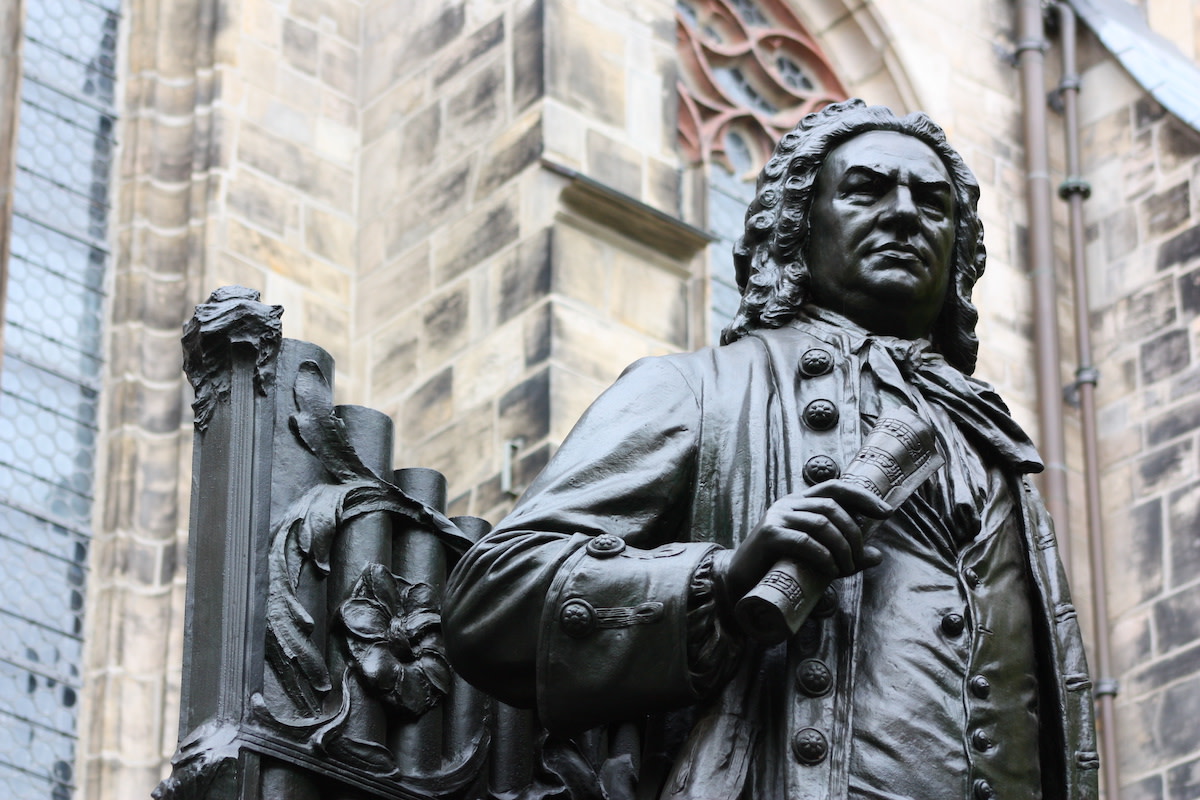A Guide to Bach’s Cello Suites: 6 Iconic Bach Cello Suites
Written by MasterClass
Last updated: Aug 25, 2021 • 4 min read
Johann Sebastian Bach is considered a master of German Baroque music and remains an immensely influential composer centuries after his death. Among the many highlights of his canon is a series of six cello suites composed in the early 1700s.
Learn From the Best
What Are Bach’s Solo Cello Suites?
J.S. Bach composed six suites for unaccompanied cello in the approximate period between 1717 and 1723. Three centuries later, they remain some of the most iconic pieces of cello literature in the world of classical music and remain a core part of a professional cellist's repertoire.
A Brief History of Bach’s Cello Suites
Although he was a native of Leipzig, Germany, Bach likely wrote his cello suites in Köthen (anglicized as Cöthen), the capital of the modern Anhalt-Bitterfeld district in Saxony-Anhalt between 1717 and 1723. Bach was employed at the time as a kapellmeister, which was effectively a music director who oversaw both choral and instrumental music. His cello suites could be played as a form of chamber music in private homes or salons, or they could be played by a solo cellist on a concert stage.
In Bach's Baroque era, the cello (formally known as the violoncello) was a relatively new instrument. It had close cousins, including the bass violin and the viola da gamba, which mainly played accompaniments to other instruments. With time, Baroque composers began featuring cellos in concertos and sonatas. Bach's choice to write a series of violoncello solo suites further amplified the instrument's profile.
The Six-Movement Structure of Bach’s Cello Suites
All six of Bach's suites for unaccompanied cello follow the same six-movement structure.
- 1. Prelude: In this context, a prelude is an introduction to a longer piece of music. The elegant prelude in Bach’s Cello Suite No. 1 frequently serves as the backdrop for movie trailers and commercials.
- 2. Allemande: An allemande is a slow movement composed in 4/4 time. The standard allemande rhythm begins a measure with a dotted quarter note followed by two sixteenth notes on the upbeat of beat two. This jaunty rhythmic pattern made the allemande a popular dance form in the Renaissance and early Baroque eras.
- 3. Courante: A courante is a relatively fast dance section in triple meter. It marks a notable contrast from an allemande when the two sections are played back-to-back. Like the allemande, the standard courante beat begins with a dotted quarter note on the downbeat. This is followed by an eighth note on the upbeat of beat two.
- 4. Sarabande: A sarabande is a dance section in triple meter. Unlike the courante, which has French and Italian roots, the sarabande comes from Spain. Some of the most iconic movements of Bach’s cello suites come in sarabande sections, such as in the Cello Suite No. 5 in C minor.
- 5. Galanteries: The galanteries (dances) of Bach’s cello suites vary. In Cello Suite No. 1 and Cello Suite No. 2, the fifth movement contains two minuets. In Cello Suite No. 3 and Cello Suite No. 4, the fifth movement contains two bourrées. In Cello Suite No. 5 and Cello Suite No. 6, the fifth movement contains two gavottes.
- 6. Gigue: A gigue is a lively dance in 3/8 time. It is considered a festive ending to a musical suite. The French word “gigue” is equivalent to the English word “jig.”
An Overview of Bach’s 6 Cello Suites
Each of Bach's six cello suites has its unique characteristics and sonority. The opus numbers for the cello suites—according to the Bach-Werke-Verzeichnis system—are BWV 1007–1012.
- 1. Cello Suite No. 1 in G major, BWV 1007: The Bach Cello Suite No. 1 is perhaps the most widely heard piece of cello music in contemporary society. Its prelude's lilting arpeggios, connected with slurs, frequently accompany movie trailers and commercials. Their airy, regal character shows how fluid a cello solo can sound.
- 2. Cello Suite No. 2 in D minor, BWV 1008: This cello suite is known for its cadenza movement, where players hold sustained notes at their own discretion.
- 3. Cello Suite No. 3 in C major, BWV 1009: Considered more technically challenging than Bach's first two cello suites, Suite No. 3 features many challenging double stops and triple stops, where the player bows multiple strings at once to sound a chord. The Romantic-era German composer Robert Schumann composed piano accompaniments to all of Bach's cello suites, but his accompaniment to Suite No. 3 is the only one that survives.
- 4. Cello Suite No. 4 in E-flat major, BWV 1010: Another technically challenging cello suite, this piece makes little use of the cello's open string tuning (C-G-D-A). All the other cello suites use one of those notes as the home key; this piece, in E-flat, does not.
- 5. Cello Suite No. 5 in C minor, BWV 1011: Bach envisioned this piece in an alternate tuning (called scordatura in classical music terminology), but modern players tend to perform it in standard tuning. Its sarabande section is notable for its lack of double stops and triple stops.
- 6. Cello Suite No. 6 in D major, BWV 1012: Based on notes from Bach's second wife, Anna Magdalena Bach, this final cello suite may have been composed for a violoncello piccolo, a five-stringed instrument played more like a violin or viola. Because of this, some cellists consider it the most challenging of Bach's solo cello suites to play on a four-stringed cello in standard tuning.
Want to Learn More About Music?
Become a better musician with the MasterClass Annual Membership. Gain access to exclusive video lessons taught by the world’s best, including Itzhak Perlman, St. Vincent, Sheila E., Timbaland, Herbie Hancock, Tom Morello, and more.
